Environmental and Social Issues to which Fuji Electric Contributes
High-Frequency Induction Furnaces that Contribute to Carbon Neutrality by Serving as Industrial Furnaces
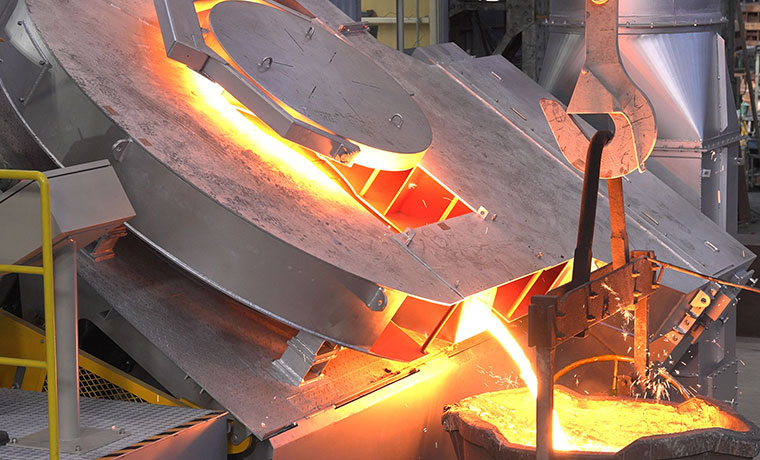
CO2 emissions are reduced by switching heat sources from cupolas to high-frequency induction furnaces

Industrial furnaces are used to melt iron and other metals to produce metal products that are essential to our lives. This kind of “technology that supports the core of manufacturing” is said to account for about 15% of Japan’s total energy consumption and about 12% of its greenhouse gas emissions.
In line with calls for energy saving and carbon neutrality heard in recent years, there has been a rapid shift from cupolas, which used coke as the main heat source, to high-frequency induction furnaces, which use electric energy as the melting heat source. The advantage of high-frequency induction furnaces is their superior performance in saving energy and reducing CO2 emissions. They significantly reduce the amount of CO2 emissions per unit of production of pig iron castings, thereby enabling environmentally-conscious manufacturing. They also have a significant effect on economic of energy as a whole efficiency and quality stability.
An unrivaled leader in induction heating technology, Fuji Electric develops and provides world-class high-frequency induction furnaces. Over 2,500 units have been delivered thus far.We have been quick to promote the conversion of heat sources in the casting industry and continue to support sustainable corporate activities.
We will contribute to the future of manufacturing and a sustainable society through the utilization of high-frequency induction furnaces and the IoT.
Akasaka Diesels Ltd., which has supported manufacturing in Japan ever since its foundation in Yaizu, Shizuoka in 1910, is a company that takes on the challenge of innovation for the next generation. The decision to switch from cupolas to Fuji Electric’s high-frequency induction furnaces was made in accordance with the company’s medium-term management plan to “establish a manufacturing system to meet the social demand for decarbonization and green growth strategies.” They have introduced state-of-the-art equipment that provides enhanced operational support functions, including a function to visualize operating data, in addition to realizing energy savings and reductions in CO2 emissions. The new equipment also makes a significant difference in operability and maintainability. The head of their manufacturing department describes the impact and response of this project:
“By switching to the most advanced high-frequency induction furnaces, we have successfully reduced our environmental impact and made improvements to quality and even safety. The stable supply of service parts is another key point. I think that the various benefits have created an environment that allows us to consistently produce high-quality castings.”
In response to these comments from customers, Fuji Electric continues to take on future-oriented challenges. We aim to take advantage of the IoT to make high-frequency induction furnaces easier to use and smarter through data analysis technology. We also aim to optimize operations and achieve savings in energy and cost by feeding back the analyzed data to the equipment. Furthermore, we intend to focus on preventive and predictive maintenance as well to stabilize the operations of our customers and enhance safety. We will contribute to the future of manufacturing and a sustainable society by continuing to strive to create additional value.


Contributing to SDGs
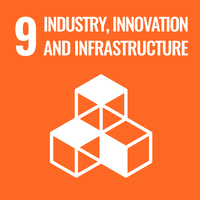
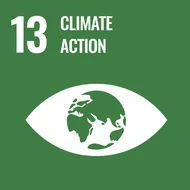
Fuji Electric’s high-frequency induction furnaces, which use power electronics technology to serve as the next generation of environmentally-friendly industrial furnaces, contribute to the priority SDGs “9. Build resilient infrastructure, promote inclusive and sustainable industrialization and foster innovation” and “13. Take urgent action to combat climate change and its impacts.”
Recommended
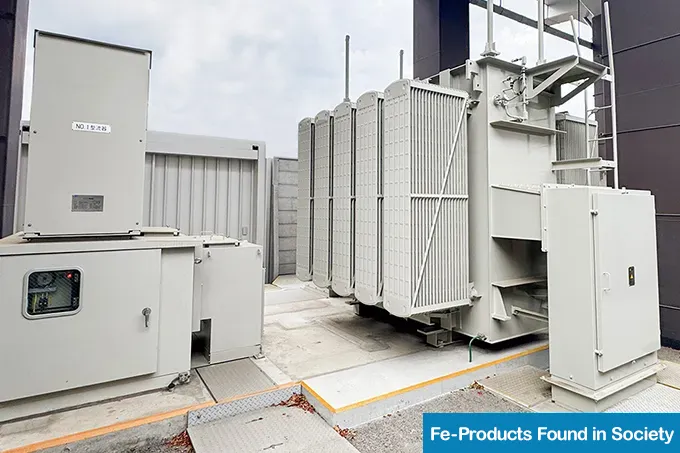
December 4,2025
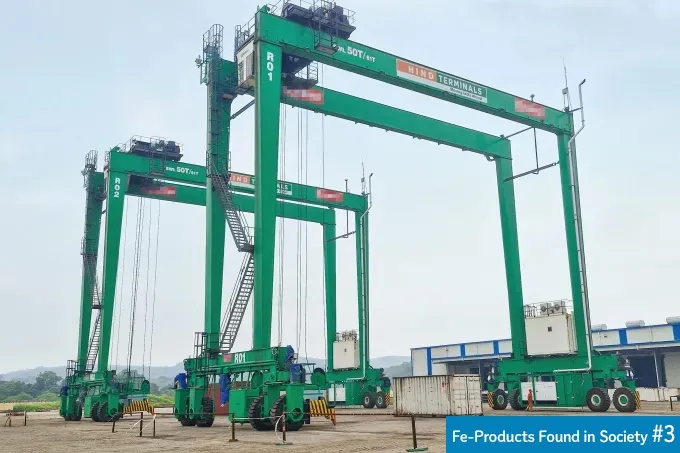
July 30,2025
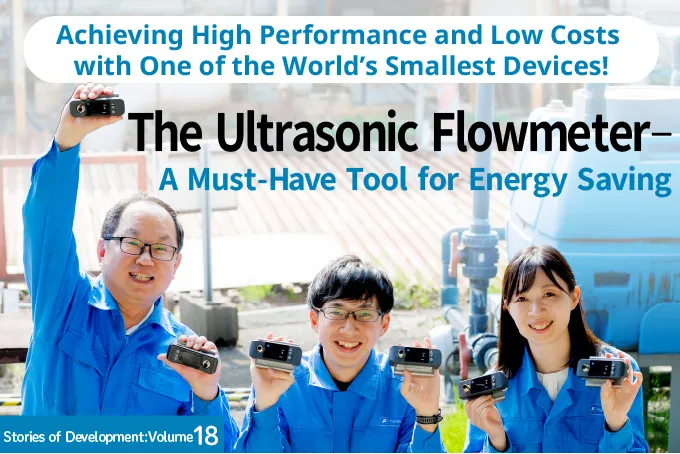
July 28,2025
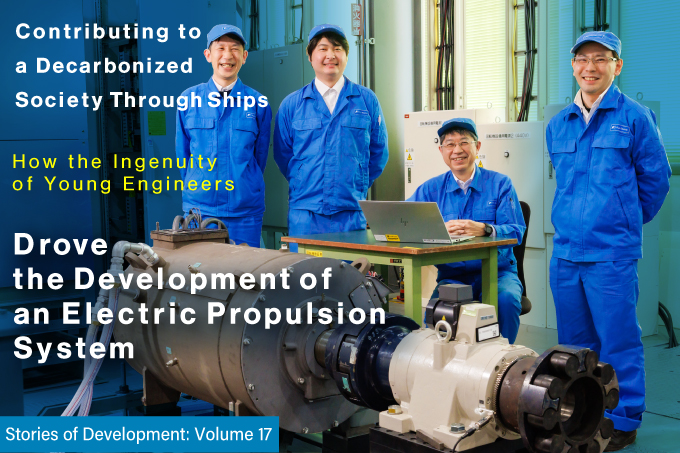
July 7,2025
